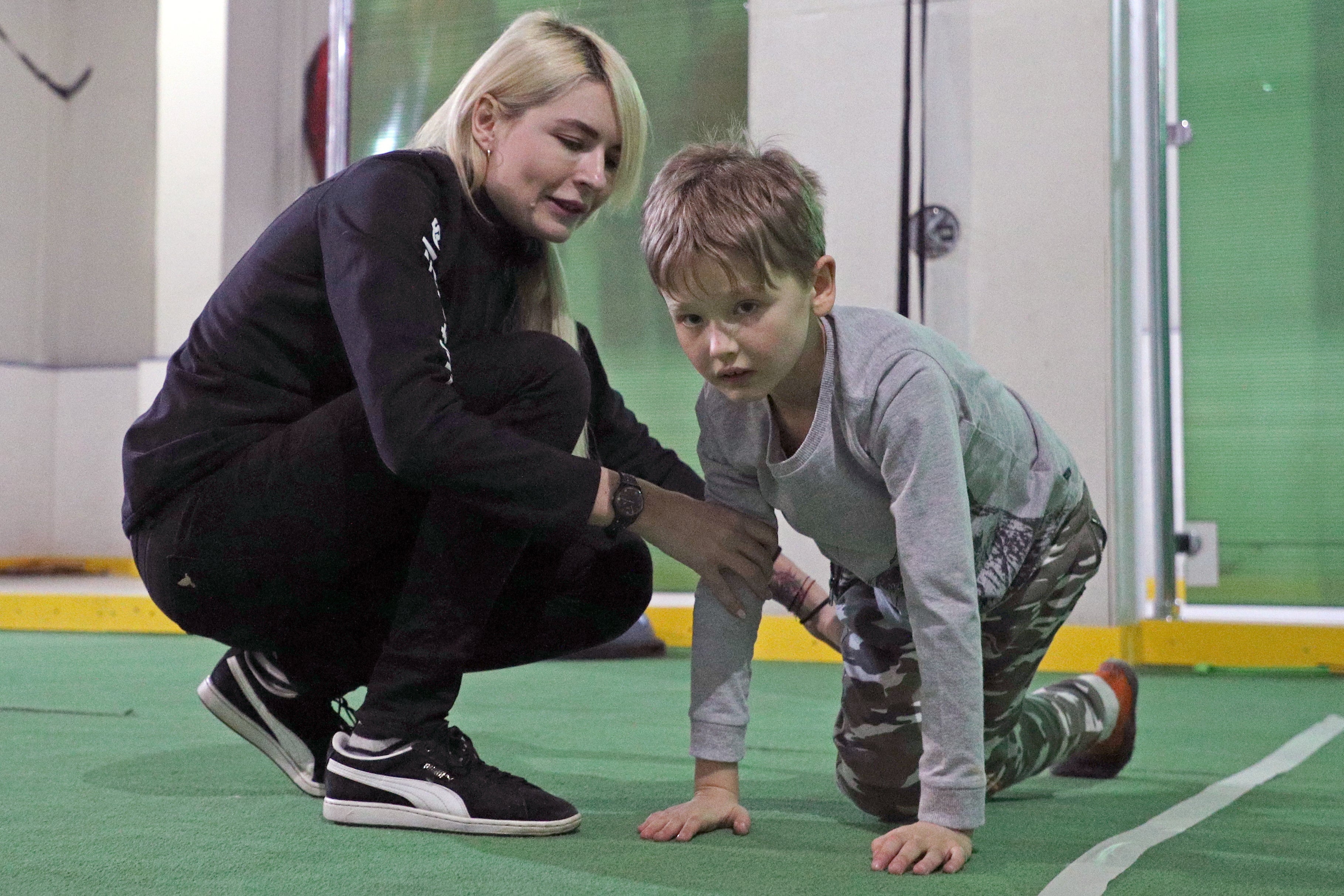Autism rates continue to climb; researchers push for early, more frequent screenings
(WISH) — For the first time in over a decade, the American Academy of Pediatrics (AAP) announced new recommendations to better diagnose autism spectrum disorder (ASD) in infants. The report, published in Pediatrics, calls for earlier, more frequent developmental screenings and parental monitoring techniques.
New evidence suggests a link between early diagnosis and better quality of life. The guidelines recommend infant screenings as early as nine months of age with follow-ups at eighteen and twenty-four months. In the past, pediatricians held off on a diagnosis until the infant was two years old, what’s considered past the infant’s development stage. But in the last decade, there’s been a shift towards screening should parents suspect a problem sooner.
“Early assessment is critical for early identification,” Kim Strunk, Founder and Chief Clinical Officer of Hopebridge Autism Therapy Center, told WISH-TV. “Historically, children were not screened from the lens of looking for autism…and subtle signs were attributed to delayed development.”
Strunk was not involved in the report.
The National Institute of Mental Health defines ASD as a disorder affecting communication and behavior, thus limiting a person’s ability to function properly in nearly all aspects of life. Approximately 1 in 59 children have the disorder. Boys are four times more likely to have autism than girls.
There are certain communicative and developmental signs parents and doctors can look for, said Dr. Susan Hyman, lead author and professor in the Department of Pediatrics at Rochester University Medical Center.
“Children communicate in many ways both verbally and non-verbally. If a child isn’t meeting certain milestones, autism is likely the cause,” Hyman said.
The following are possible indicators:
- At nine months, there’s an absence of joyful, warm expressions such as laughing and smiling.
- At twelve months, there’s no back-and-forth gestures like pointing, reaching or waving.
- By sixteen months, the infant doesn’t recognize his or her name.
- By twenty-four months, the child only repeats words when they should be capable of communicating their own thoughts and phrases.
While autism can’t be cured, it can be managed. The goal is to teach these underdeveloped skills.
“Evidence-based treatment most often used in clinical settings is called Applied Behavioral Analysis, or ABA,” said Melissa Chevalier, also of Hopebridge Autism Therapy. “The guidelines stress…for children to have access to [this] evidence-based treatment as young as possible.”
Applied Behavioral Analysis targets communication, said Hyman, whether it’s words, signals or other non-verbal skills.
“It’s about teaching children back and forth communication and as well as social aspects of give and take in a sequential manner,” Hyman said. “What’s become better researched since the last clinical report is the triangulation among parents, children and therapists in a more naturalistic environment. This give the child an opportunity to incorporate learned skills in the home, at preschool, on the playground or at grandma’s house.”
Hyman hopes the new guidelines become part of everyday clinical practice.
“We’re getting better at screening more often and more effectively and identifying children with needs,” Hyman said. “I think localities–whether in Indiana or the state of New York–need to prepare these children to reach their fullest potential towards their journey through adulthood.”



